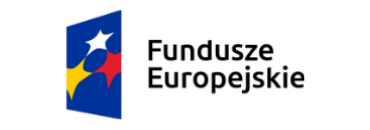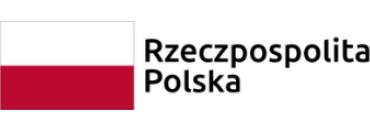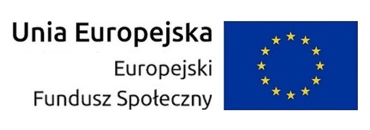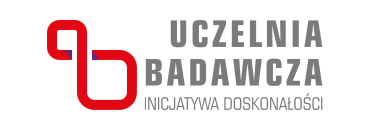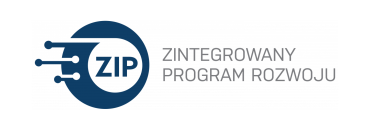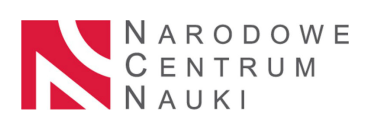Protocols of anti-angiogenic and combined anticancer therapy
- Prelegent(ci)
- Marzena Dołbniak
- Afiliacja
- Gliwice
- Termin
- 8 maja 2013 16:15
- Pokój
- p. 5820
- Seminarium
- Seminarium Zakładu Biomatematyki i Teorii Gier
In brief introduction information about negative results obtained after single anti-angiogenic treatment and reasons for use anti-angiogenic factors to normalization of chaotic and unregulated tumor vessels are presented. I discussed several simple ordinary differential equation (ODE) models of tumor growth taking into account the development of its vascular network. Different biological aspects are considered from the simplest model of Hahnfeldt et al. proposed in 1999 [4]; by modification included influence of vessel density and ”pruning” effect (d’Onofrio-Gandolfi [3]); or separation endothelial cells for mature and immature (Benzekry et al. [2]); to the model in which separation of sensitive and resistance cancer cells after chemotherapy occur (Świerniak [5]). Some of these models can be used in clinical oncology to optimize anti-angiogenic and cytostatic drugs delivery so as to ensure maximum efficiency.
I am aware that there is a big gap between the simulated and the real world and it this why I try to focus on several questions. The first is how modifications of the basic model improves the fit between the simulated therapy protocol and the real clinical results. The second question is how the dynamics of this model will look like after implementing protocols already used in medicine. Simple models of continuous and periodic protocols of combined therapy are implemented. Discussion on the dynamics of the models and their complexity is presented.
 Nie jesteś zalogowany |
Nie jesteś zalogowany |







